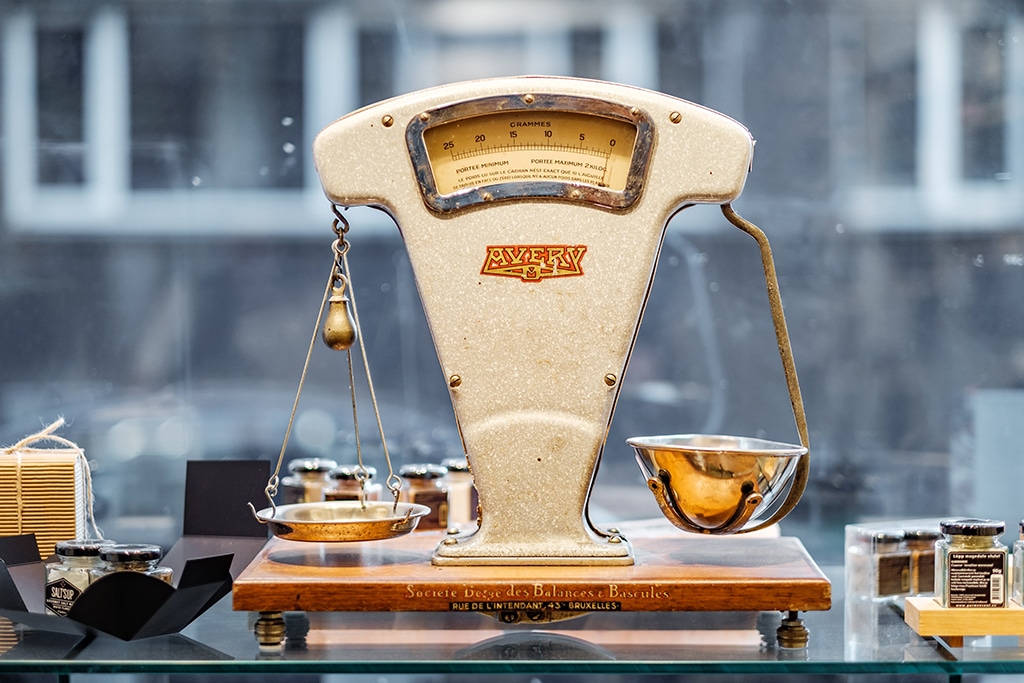Free Suggestions For Deciding On Automated Systems
Wiki Article
What Is The Difference Between Technical And Fundamental Traders In The Automated Trading System?
There are two types of traders Fundamental and technical traders. They approach the market in different ways. Fundamental traders and technical trader can employ different methods of technology and analysis of data when trading using automated systems. Fundamental traders are focused on financial and economic information, including rates of interest, economic indicators, and corporate earnings, to inform their trading decisions. These traders believe that fundamental factors are what drive the market's movements. Understanding the drivers behind these movements is essential to make well-informed trading decisions. Technical traders rely on charts patterns, indicators of technical nature, and other aspects to assist in their trading decisions. They believe that previous market behaviour and trends could help predict future market movements, and they believe that using technical analysis is an more effective approach to trading than fundamental analysis. Automated trading systems might have traders who are fundamentally inclined to employ an algorithm that includes analysis and data from the fundamentals. Technical traders, however, may use algorithms that utilize chart patterns and technical indicators to aid in their decision-making. In the end Fundamental traders and technical traders have different approaches to markets and the use of data and analysis in their trading decisions. This could be reflected in the kinds of automated trading platforms they utilize and with fundamental traders more likely to choose systems that integrate basic data and analysis and technical traders more likely to utilize systems that include technical analysis. See the top rated best free crypto trading bot for more examples including backtesting trading strategies free, backtesting strategies, position sizing calculator, cryptocurrency trading, algo trade, position sizing calculator, how does trading bots work, backtester, best cryptocurrency trading strategy, backtesting and more.
Automated Trading Systems. Simple Moving Average And Exponential
Exponential Moving Average (EMA) and Simple Moving Average (SMA) are two of the most commonly used technical indicators in automated trading systems.The Simple Moving Average (SMA) is calculated by adding up the closing prices of a currency pair over certain periods and then dividing that result by the number of times. A 50-day SMA can be calculated, for example by adding closing prices of currencies over the last 50 days, and then multiplying the result by 50.
The Exponential Moving Average (EMA), although similar to the SMA is more weighted towards the most recent prices. The EMA is calculated using an average weighted by closing prices and the weight that is given to the most recent prices being more than the weight assigned to older prices. This allows the EMA to respond more quickly to market fluctuations as opposed to the SMA.
Moving averages are often employed in automated trading systems to identify trends and to generate signals to buy or sell. It is common to buy when the price crosses between the upper and lower median and sell when it crosses below. You can confirm trends using moving averages. A rising moving average can indicate an uptrend, while a falling moving Average suggests an upward trend.
EMA and SMA are common technical indicators used in automated trading systems. They can be used together to confirm and confirm trends, detect signals for buy or sell or create a signals for buy and sell. The decision to choose between EMA and SMA is contingent on the specific requirements and goals of the investor, with EMA being more responsive to changes in market conditions and the SMA being an accurate indicator of long-term trends. View the top rated automated crypto trading bot for more info including algo trading platform, backtesting platform, are crypto trading bots profitable, stop loss in trading, algorithmic trading platform, crypto futures trading, automated system trading, forex trading, trading divergences, backtesting strategies and more.

What Are Bollinger Bands?
Bollinger bands are a well-known indicator of technical quality for automated trading systems. They consist of three lines which include a simple mean (SMA), two outer bands and several standard deviations. The volatility of an asset is the determining factor for the standard deviations utilized in computing the bands that are outside. In automated trading systems, Bollinger Bands are often utilized to detect possible shifts in the market. For instance, when the price is outside the outer bands, it may indicate an upcoming trend reversal or increased volatility. The opposite may also be true. If the price is within these outer bands, it can indicate that there is a tendency to condense and more unlikely trend change. Investors can also employ Bollinger Bands in combination with other indicators in the technical realm like momentum oscillators to create buying and selling signals. Some strategies involve buying when prices reach the lower Bollinger bands and selling once it crosses the higher Bollinger bands. Bollinger Bands are an important technical indicator in automated trading systems. They help identify fluctuations in market conditions, and give buying and selling signals. Bollinger Bands must be evaluated based on the specific goals of the trader and the style of trading. Check out the recommended best indicator for crypto trading for more tips including cryptocurrency trading bot, are crypto trading bots profitable, stop loss in trading, backtest forex software, automated forex trading, stop loss in trading, backtesting strategies, divergence trading forex, backtesting tradingview, best free crypto trading bot 2023 and more.

What Is Adx What Is Adx, And How Does It Relate With Obv (Onbalance Volume) Or Regression
The Average Directional Index is a technical indicator that can be used to assess the intensity of a market trend. It's used to evaluate the intensity of the trend. It calculates the difference between two exponentially moving Averages (EMAs) which are the high- and low price of an asset. ADX can be utilized to generate buy or sell signals within automated trading systems. On-Balance Volume (OBV), the momentum indicator, makes use of fluctuations in volume to gauge a trend's strength. OBV as well as ADX both are used in automated trading systems to provide signals to enter and leave positions. They are able to measure market activity in various ways and offer additional data. For instance, ADX measures the strength of a trend. OBV is a measure of buying and selling pressures by tracking the cumulative volume of buying and selling. Regression however is a technique in statistics used to model the relationship between the dependent variable and any of the independent variables. Regression analysis can be used for trading to examine the relationship between two variables, like price and volume and also to find patterns and trends within the data. The decision of which tool to utilize will depend on the particular needs and goals of the trader and on their particular style of trading and approach to markets.
